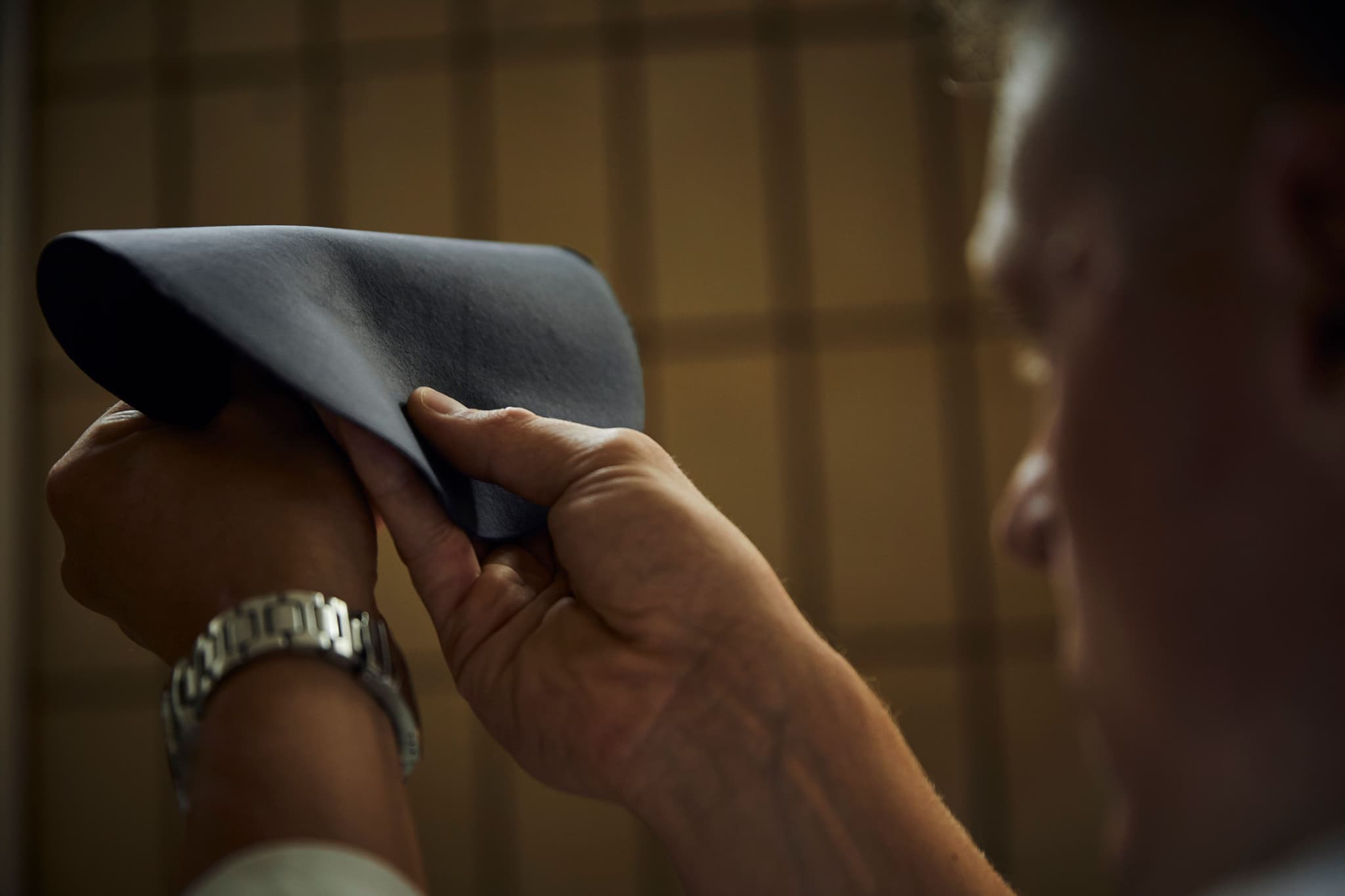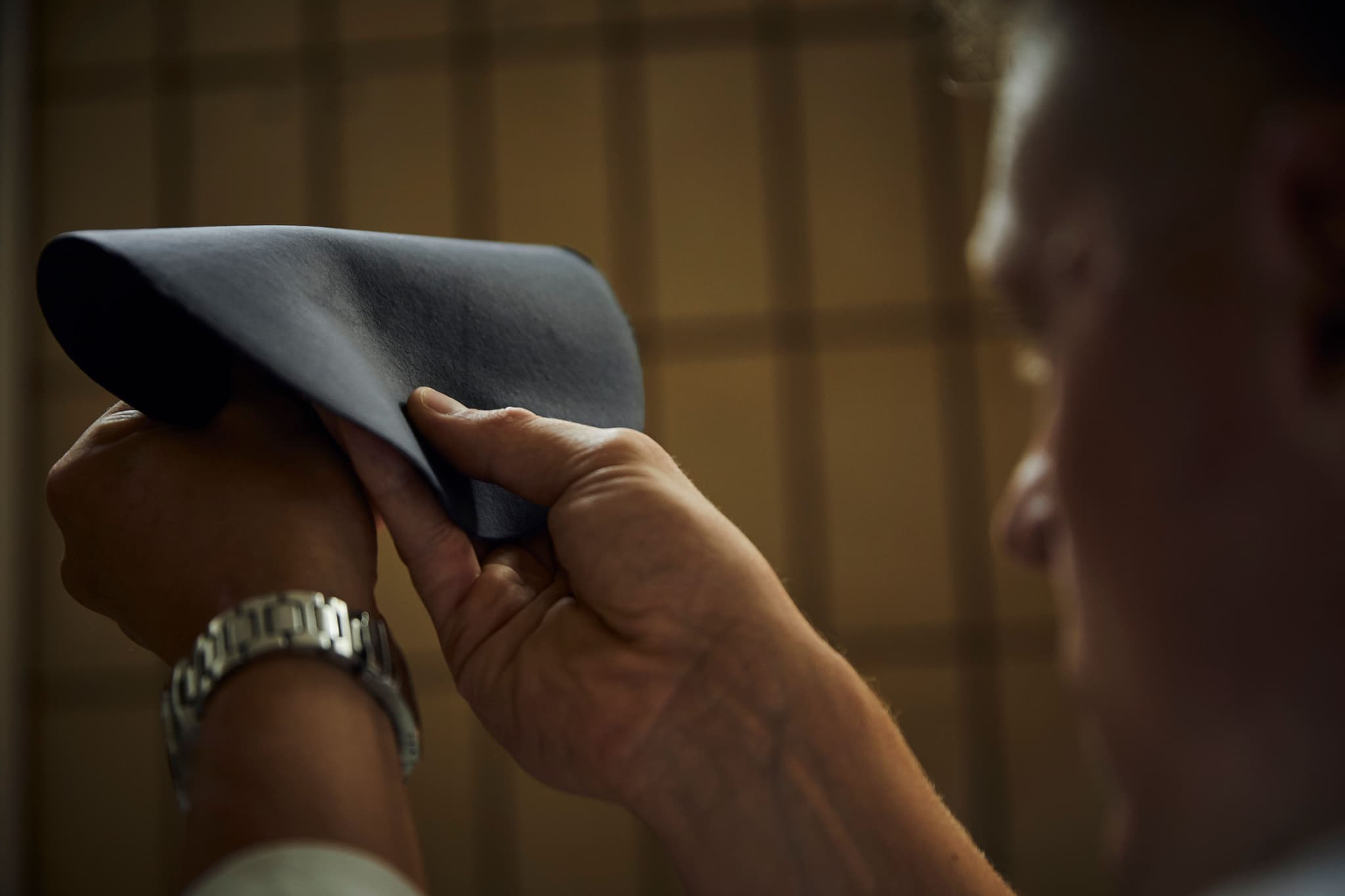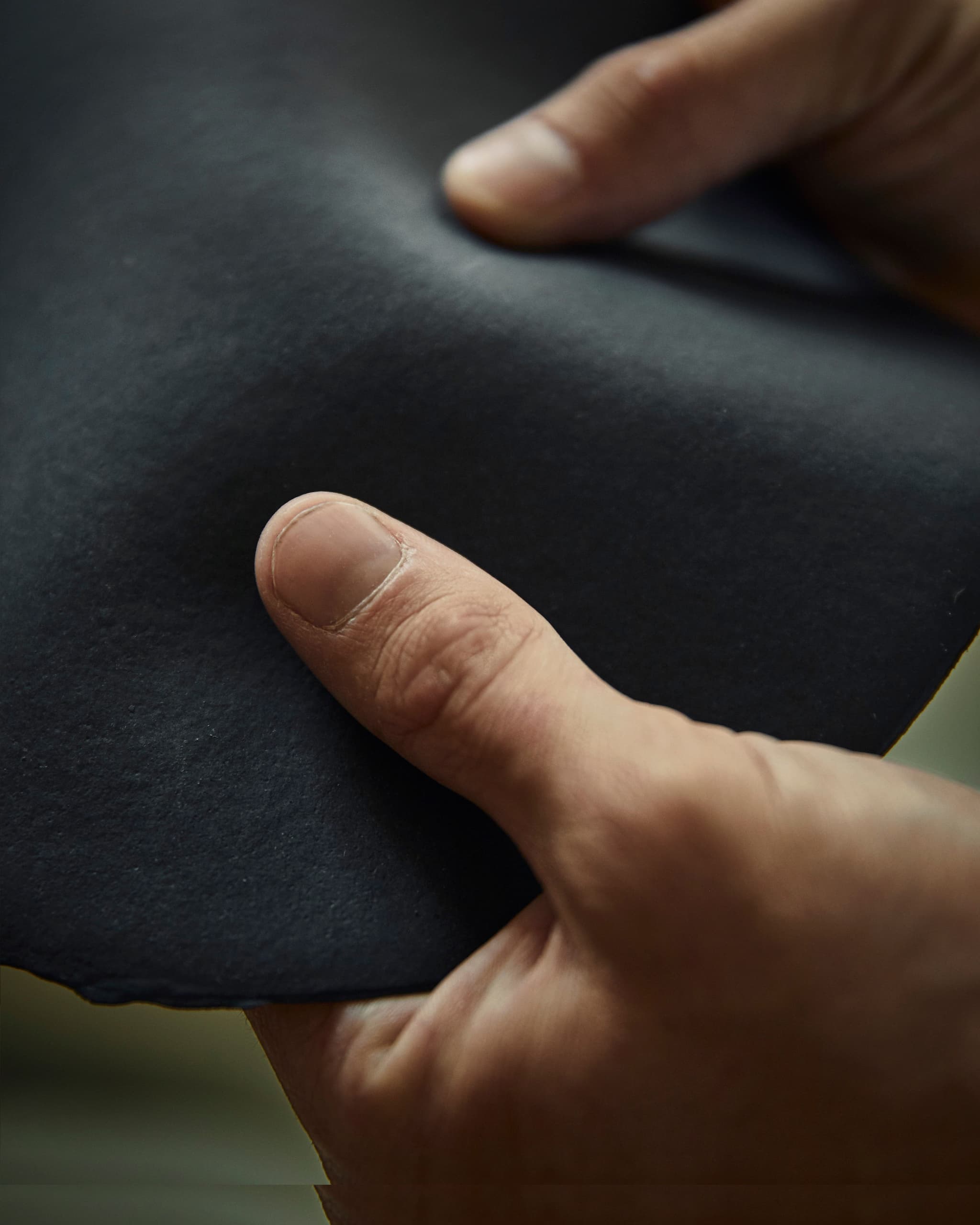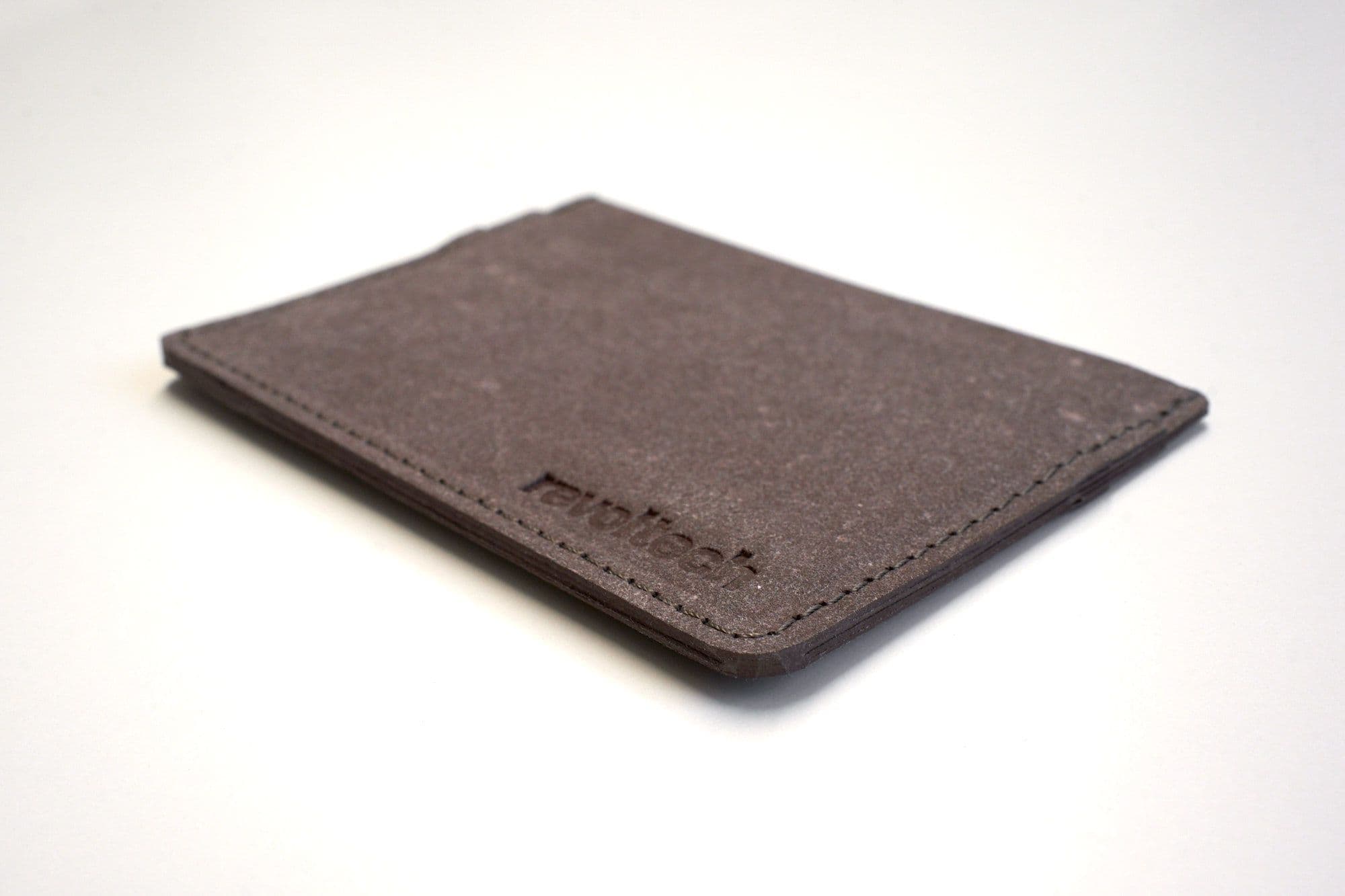How does LOVR compare to other sustainable textile options in terms of its environmental impact?
LOVR™, a hemp-based leather alternative, excels in environmental impact compared to other sustainable textiles. Its production involves zero plastic, uses natural pigments for dyeing, and is carbon-neutral (cradle to gate).
This positions it as a superior sustainable option, especially against traditional faux leathers and lab-grown alternatives.
What specific steps does Revoltech take to ensure that its hemp cultivation and processing are sustainable?
Revoltech ensures sustainable practices in cultivating and processing hemp for LOVR™. We collaborate with regional farmers for certified organic hemp cultivation, which involves no fertilizers or pesticides and aids in carbon sequestration.
The fibrous by-product from these cultivations is utilized, emphasizing zero waste and a regional approach.

What are some of the opportunities for Revoltech to make LOVR even more sustainable?
Revoltech could explore a further reduction in production emissions to achieve full carbon neutrality even in a cradle-to-cradle scenario. Additionally, expanding the use of renewable energy in production and enhancing the recyclability and biodegradability processes can further elevate LOVR™'s sustainability.
What are the specific biodegradability credentials of the product?
LOVR™ is not only recyclable but also biodegradable, showing to completely biodegrade within 90 days in home composting trials. This ensures that it poses no threat to nature at the end of its lifecycle.
Textile production often generates waste. How is yours different?
The production of LOVR™ stands out by being a mono-material, which significantly reduces waste. Revoltech’s approach includes recycling production scraps, offcuts, and post-consumer material to make new LOVR™, emphasizing our commitment to a circular economy.

While hemp is a sustainable choice, are there other unconventional or underexplored materials you foresee becoming prominent in sustainable textile development?
While hemp is the primary material for LOVR™, the scalable and adaptable production process offers the potential for using other agricultural residues, broadening the horizon for sustainable textile development.
Could you explain in more detail how your specialized machinery contributes to an energy-efficient production process?
Revoltech’s production process for LOVR™ is highly efficient, allowing the production of large quantities (10,000 m²/day) in a sustainable manner. This efficiency is a key factor in our ability to offer LOVR™ at competitive prices and reduce the overall carbon footprint.
What specific innovations allow your material to avoid the need for substrates or coatings?
LOVR™'s unique single-layer structure, composed entirely of natural content, eliminates the need for petrochemical-based coatings or substrates. This innovative approach allows for easy recycling and avoids microplastic abrasion during the product's lifetime.
LOVR is said to be built on circularity at three levels: raw materials, recyclability, and biodegradability. Can you discuss how each of these elements is integrated into the lifecycle of your product?
In terms of raw materials, we use hemp by-products from regional, certified organic cultivation. As for recyclability, LOVR™ is designed as a mono-material, facilitating efficient recycling. Last but not least, regarding biodegradability, LOVR™ can biodegrade within 90 days in home composting scenarios.













